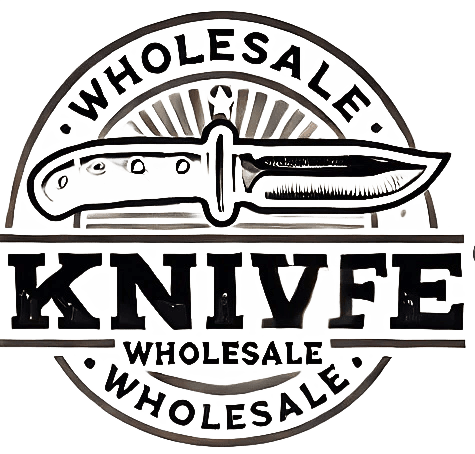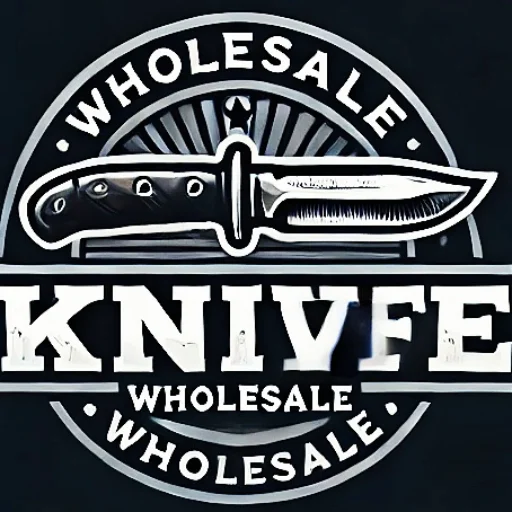Key Features Of Tactical Knives | |
1. Blade Material: Tactical knives are typically constructed with high-quality, durable blade materials such as stainless steel or carbon steel. This ensures exceptional strength, corrosion resistance, and long-lasting sharpness. 2. Blade Design: Tactical knives often feature a versatile blade design, combining a partially serrated edge for cutting through tough materials like rope or seatbelts, along with a straight edge for precise slicing and piercing. | |
3. Handle Ergonomics: Ergonomically designed handles provide a comfortable and secure grip even in challenging conditions. Textured or rubberized handle materials enhance grip stability, allowing for better control during tactical situations. 4. Locking Mechanisms: Many tactical knives incorporate reliable locking mechanisms to prevent accidental closures while in use, ensuring user safety during intense tasks. | |
| |
When selecting a tactical knife, one crucial factor to consider is the blade material. The choice of blade material directly impacts the knife's performance, durability, and overall effectiveness in various situations. While there are numerous options available in the market, three common blade materials stand out: stainless steel, carbon steel, and ceramic. Stainless steel blades are renowned for their corrosion resistance and low maintenance requirements. | |
They offer excellent durability and retain their sharpness for extended periods. On the other hand, carbon steel blades provide superior edge retention and remarkable strength but require more care to prevent rusting. Alternatively, ceramic blades offer exceptional hardness and lightweight properties but may be more prone to chipping or shattering under high impact forces. | |
| |
When purchasing a tactical knife, it is crucial to consider a few essential factors to ensure you make an informed choice. First and foremost, the blade material must be of high quality, such as stainless steel or carbon steel, for optimal durability and sharpness. The blade design should also be taken into account, with options like tanto, drop point, or serrated edges offering different advantages in various situations. | |
Additionally, the handle material should provide a secure grip and be resistant to moisture and wear. Ergonomics play a significant role as well; the knife should fit comfortably in your hand for extended use without causing discomfort or fatigue. Finally, considering the overall weight and size is vital for ease of carry and maneuverability in different scenarios. | |
| |
There are various types of tactical knives available, each designed for specific purposes. One common type is the folding knife, which offers convenience and portability. These knives often feature a locking mechanism to ensure safety during use. Another type is the fixed blade knife, known for its durability and strength. These knives are ideal for heavy-duty tasks that require a sturdy cutting tool. | |
Additionally, there are multi-tool knives that incorporate additional tools like screwdrivers or bottle openers, providing versatility in various situations. For those seeking self-defense options, there are tactical fighting knives designed with features such as serrated edges or finger guards to enhance combat effectiveness. Regardless of the specific type, tactical knives serve as reliable tools for outdoor enthusiasts, military personnel, and everyday individuals alike. | |
| |
To ensure the longevity and optimal performance of your tactical knife, proper maintenance and care are essential. First, always keep your knife clean and free from dirt, debris, and moisture. After each use, wipe it down with a soft cloth to remove any residue or fingerprints. Regularly inspect the blade for signs of wear or damage, such as chips or dullness. | |
Sharpen the blade when necessary using a high-quality sharpening stone or system. Additionally, lubricate the pivot points regularly to maintain smooth opening and closing action. Store your knife in a dry place, preferably in a sheath or case to protect it from accidental damage. | |
| |
Before carrying a tactical knife, it is crucial to understand the legal considerations surrounding its possession and use. Laws regarding knives vary across jurisdictions, so it is essential to research and comply with local regulations. Some areas impose restrictions on blade length, locking mechanisms, or specific knife designs. Additionally, certain regions may prohibit carrying knives in public places or require permits for concealed carry. | |
Understanding these laws helps ensure that one remains within legal boundaries while carrying a tactical knife. It is advisable to consult local law enforcement or legal professionals for accurate information regarding knife laws in your area. Ignorance of these regulations can lead to serious consequences, making it vital to stay informed and act responsibly when carrying a tactical knife. | |
| |
In conclusion, the significance of owning a reliable tactical knife cannot be overstated. Whether you are an outdoor enthusiast, a survivalist, or a law enforcement professional, having a trustworthy tool at your disposal can make all the difference in critical situations. A well-designed and durable tactical knife offers versatility, allowing for various tasks such as cutting, slicing, prying, and self-defense. It serves as a dependable companion in emergency scenarios when every second counts. | |
Additionally, investing in a high-quality tactical knife ensures that you have a tool that will withstand demanding conditions and last for years to come. The peace of mind that comes with knowing you possess a reliable tactical knife is invaluable and should not be underestimated. |
Introduction To Tactical Knives
Tactical knives are versatile tools designed for a wide range of applications, making them a popular choice among outdoor enthusiasts, military personnel, law enforcement officers, and survivalists alike. Unlike traditional pocket knives or hunting blades, tactical knives are specifically crafted to meet the demands of high-stress situations and combat scenarios. These specialized blades typically feature a fixed blade design for enhanced strength and durability.
With their ergonomic handles and superior grip, tactical knives offer exceptional control during critical tasks such as cutting rope, self-defense maneuvers, or even for use as a makeshift tool in emergency situations. This introductory guide will delve into the various features that make tactical knives indispensable tools in both urban environments and wilderness expeditions.
Showing 1–12 of 24 resultsSorted by popularity




